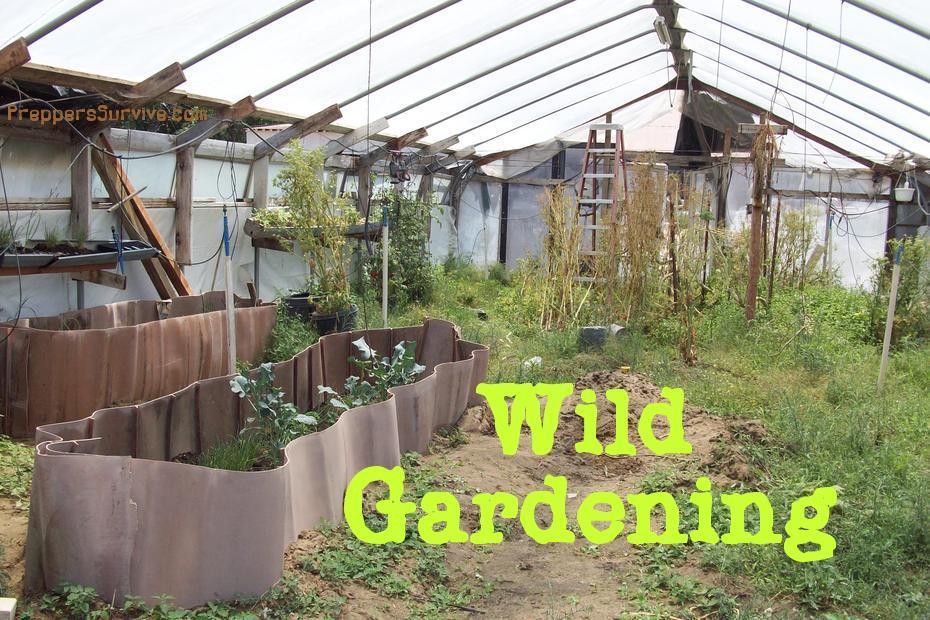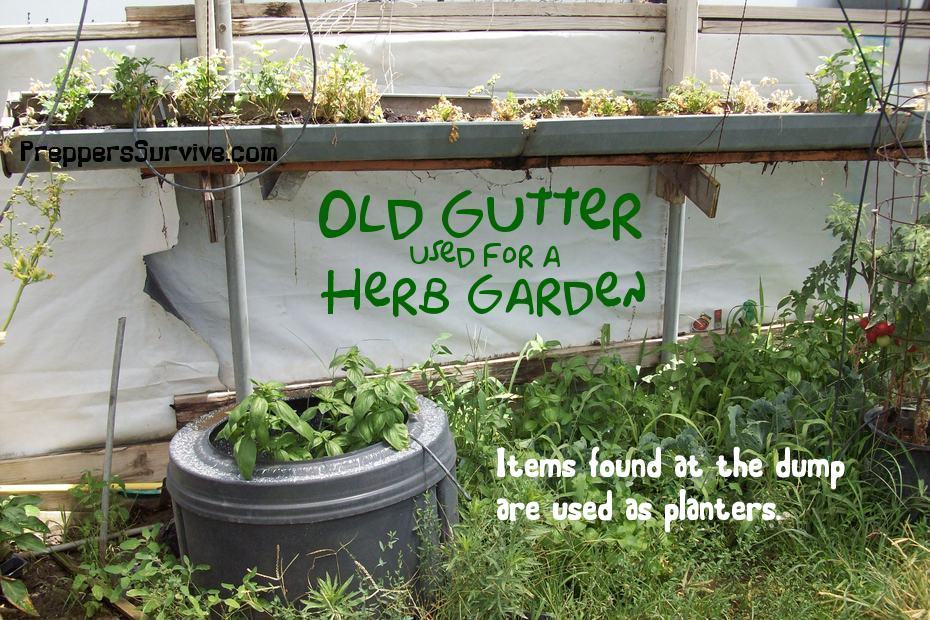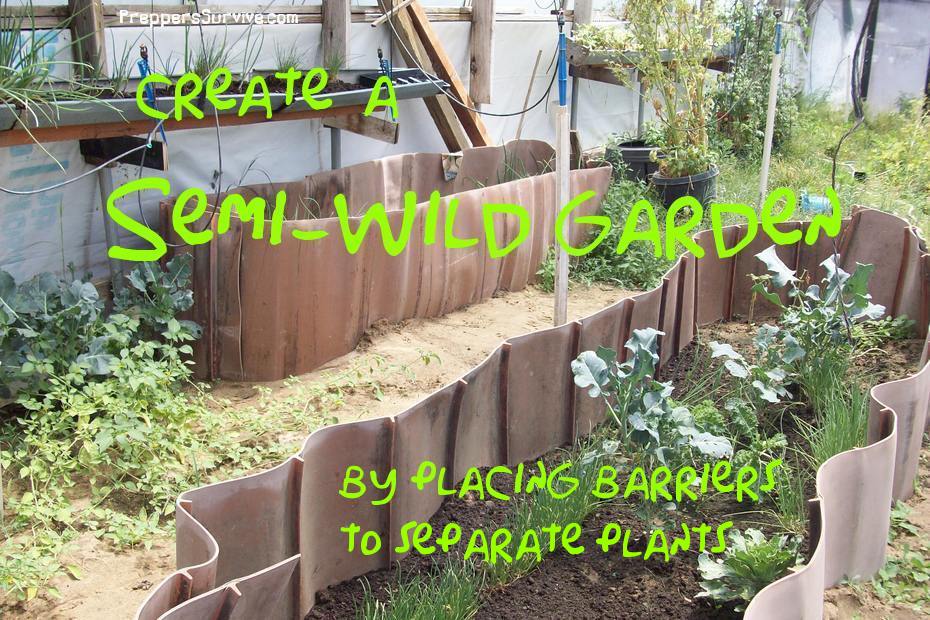
If you are the type of person that would like the benefit of a vegetable garden without all the time and attention that a traditional garden requires then a wild garden might be a good option for you. You will need to beInstill ok with little to no order so if the picture above makes you the slightest bit uncomfortable then don’t try this at home.
What is a Wild Vegetable Garden?
A Wild Vegetable Garden is a plot of earth where vegetables have been planted that has:
1. No Rows
2. No Labels
3. Embraces Weeds
4. No Tilling of the Soil
5. No Method to the Madness
What plants grow in a Wild Vegetable Garden?
Traditional or wild vegetables and fruit plants. However, “most wild vegetables are adapted to your region, which means you will have less problems with disease and pests…”
Click here to read more: Growing Wild Vegetables in the United States – Garden Guides
Embrace Weeds! Really?
Many weeds are edible (do research to know which ones). Add them to your salads and omelets. “Weeds play their part in building soil fertility and in balancing the biological community. As a fundamental principle, weeds should be controlled, through being cut down and left where they fall, and not removed…”
Click here to read more: Growing a Wild Garden – Permaculture Research Institute

Note: This wild garden is in a cold frame. The north side is open during the summer. During the winter it is closed up tight and a drip system mister is used to keep it from freezing, until the sun comes up. The tomato plants have lived up to five years. Many vegetable plants live for several years. Other vegetables in the garden include: squash, cauliflower, broccoli, peppers, lettuce, onions, tomatillos, kale, celery, and chard.
[jetpack_subscription_form]





Leave a Reply